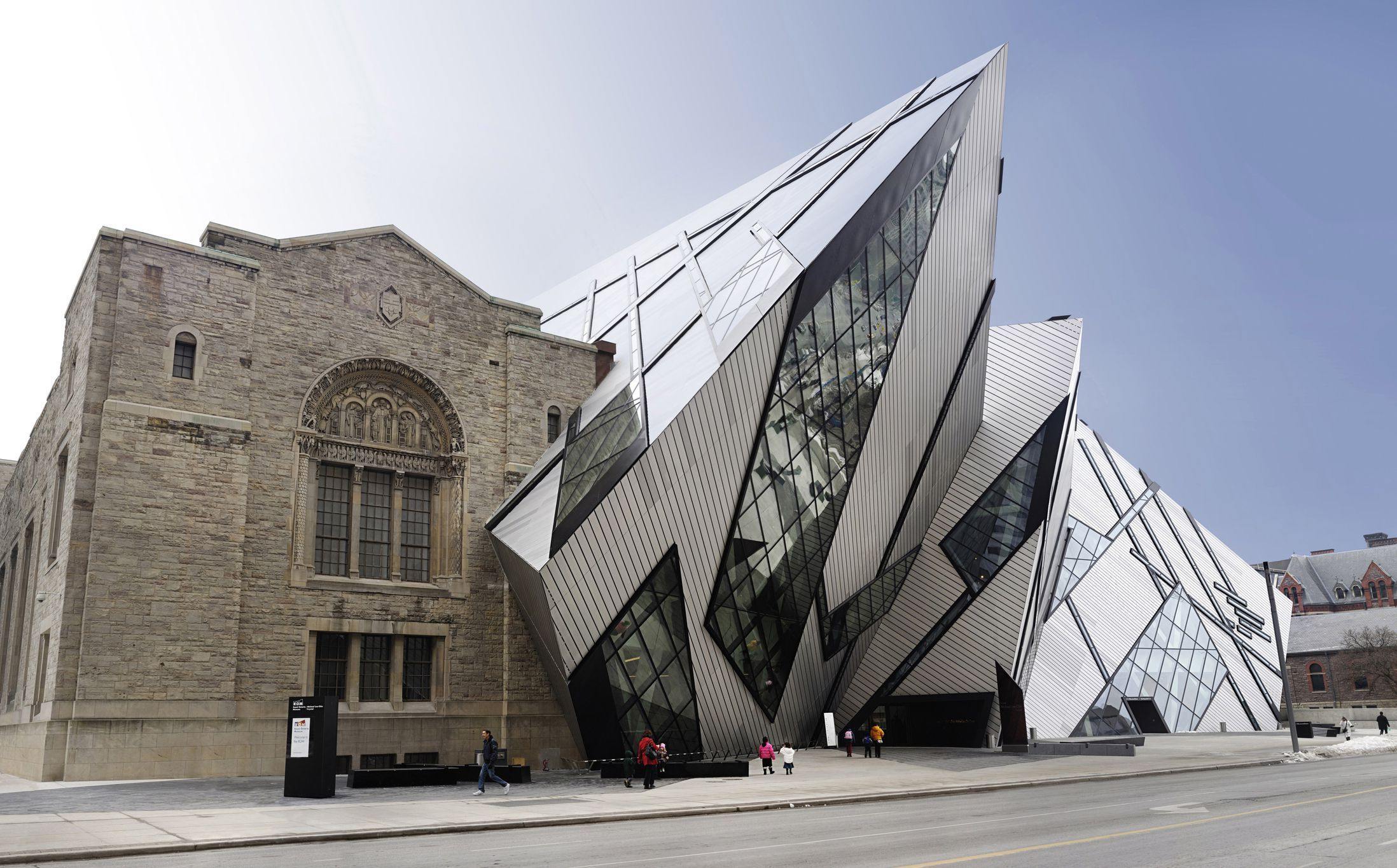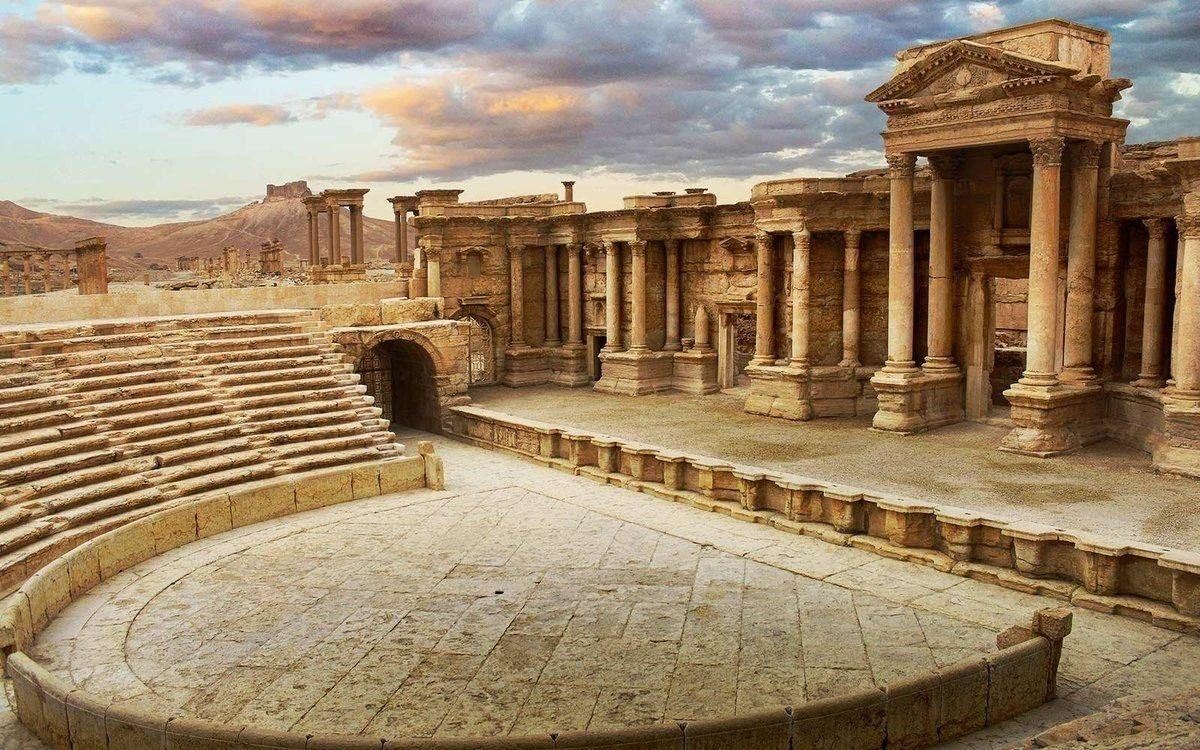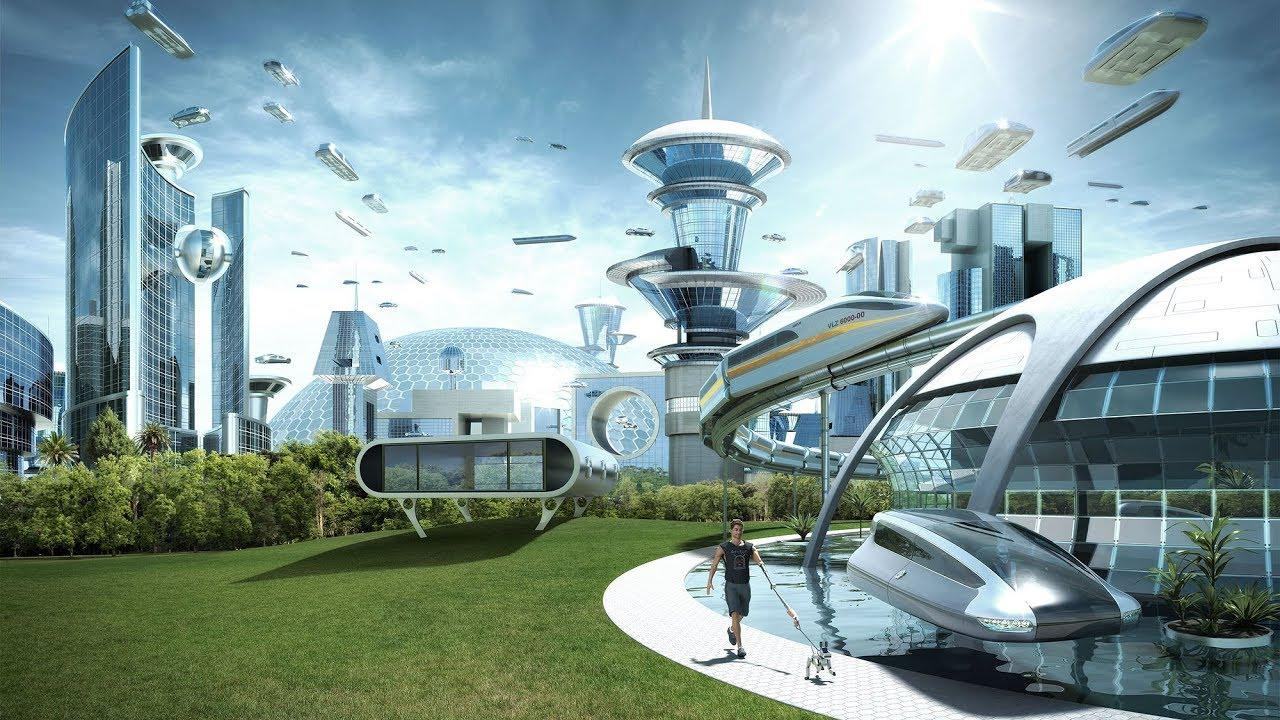
Architecture has always been a link between the past and the future. In the era of globalization and urbanization, architects have faced the difficult task of preserving historical heritage, integrating it into the modern context. Instead of demolishing old buildings and erecting new ones, more and more projects are seeking adaptation and restoration, where the old and the new coexist in harmony. In this article, we will look at outstanding examples of architectural restoration and adaptive reuse of buildings, which have become inspiring examples for the world.
One of the key approaches to integrating the old and the new is the restoration of historical sites with minimal changes. For example, Cologne Cathedral in Germany has gone through many restorations to preserve its Gothic beauty. Modern technology allows you to recreate the smallest details, leaving the building true to its original appearance.
However, restoration is not only reproduction, but also adaptation to modern needs. A prime example is the Stade de France in Paris, where elements of ancient architecture have been integrated into a modern stadium.
An equally important trend has been adaptive reuse, when historical buildings find a new purpose. This not only preserves the cultural heritage, but also minimizes the impact on the environment.
Tate Modern (London, UK)
When the old power plant on the banks of the Thames ceased to function, the building was converted into one of the most famous museums of modern art. The industrial elements have been preserved, and the added spaces emphasize the dialogue between the old and the new.
Louis Vuitton Foundation (Paris, France)
This project brings together the innovative architecture and historic environment of the Bois de Boulogne. Transparent facades and futuristic shapes do not disturb the harmony with the surrounding landscape, demonstrating how you can work with contrast.
Modern projects in a historical environment must take into account not only the architecture of the building itself, but also the surrounding context. An example is the Louvre Museum in Abu Dhabi, where architect Jean Nouvel created a museum complex inspired by traditional Arabic architecture. Its innovative dome, which transmits light, creates a "light rain" effect, linking history and modernity.
Another successful example is the Uffizi Gallery in Florence, where modern technical equipment was built into the Renaissance building without violating its historical authenticity.
Modern technologies such as 3D scanning, BIM modeling, and the use of eco-friendly materials make it possible to integrate the new into the old as accurately as possible. For example, projects under the Adaptive Reuse in Europe program are actively using digital technologies to design restorations, preserving the cultural value of buildings.
The integration of modern architectural solutions into the historical environment is an art that requires a subtle understanding of the past and a vision of the future. Cases from around the world show that heritage preservation and innovation can go hand in hand, creating unique spaces that inspire. The harmony of the old and the new in architecture is not just a trend, but a necessity to preserve cultural identity in a rapidly changing world.

Architecture is the language through which humanity expresses its culture, values, and achievements. For thousands of years, people have created buildings that amaze with their beauty, engineering complexity and symbolism. Each of them carries a unique story that inspires generations. In this...
Read More
In the 21st century, architecture is no longer just a matter of aesthetics and functionality. Modern cities are becoming an arena for the introduction of technologies that transform the way buildings are designed, built, and operated. From 3D printing and smart materials to artificial intelligence,...
Read More